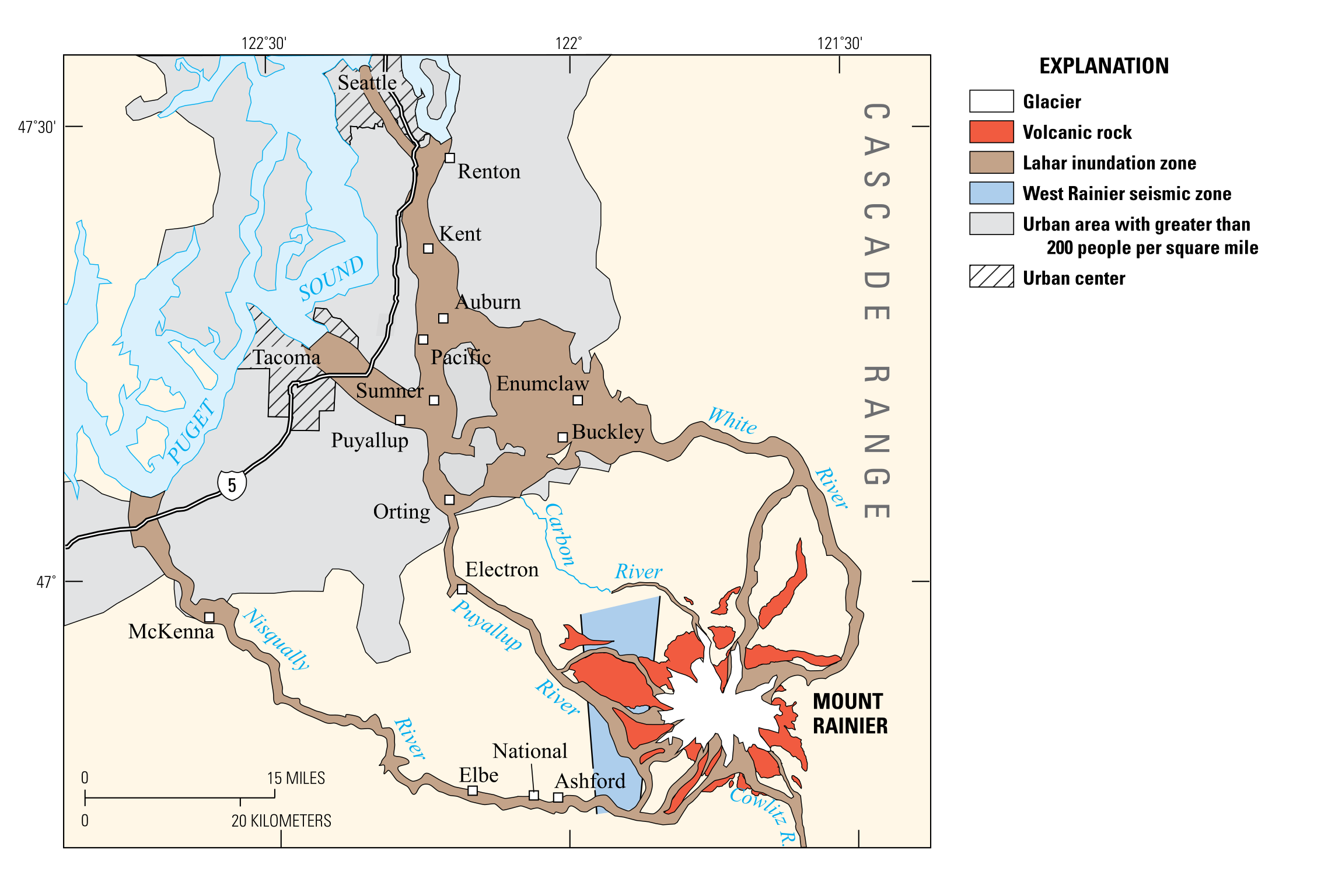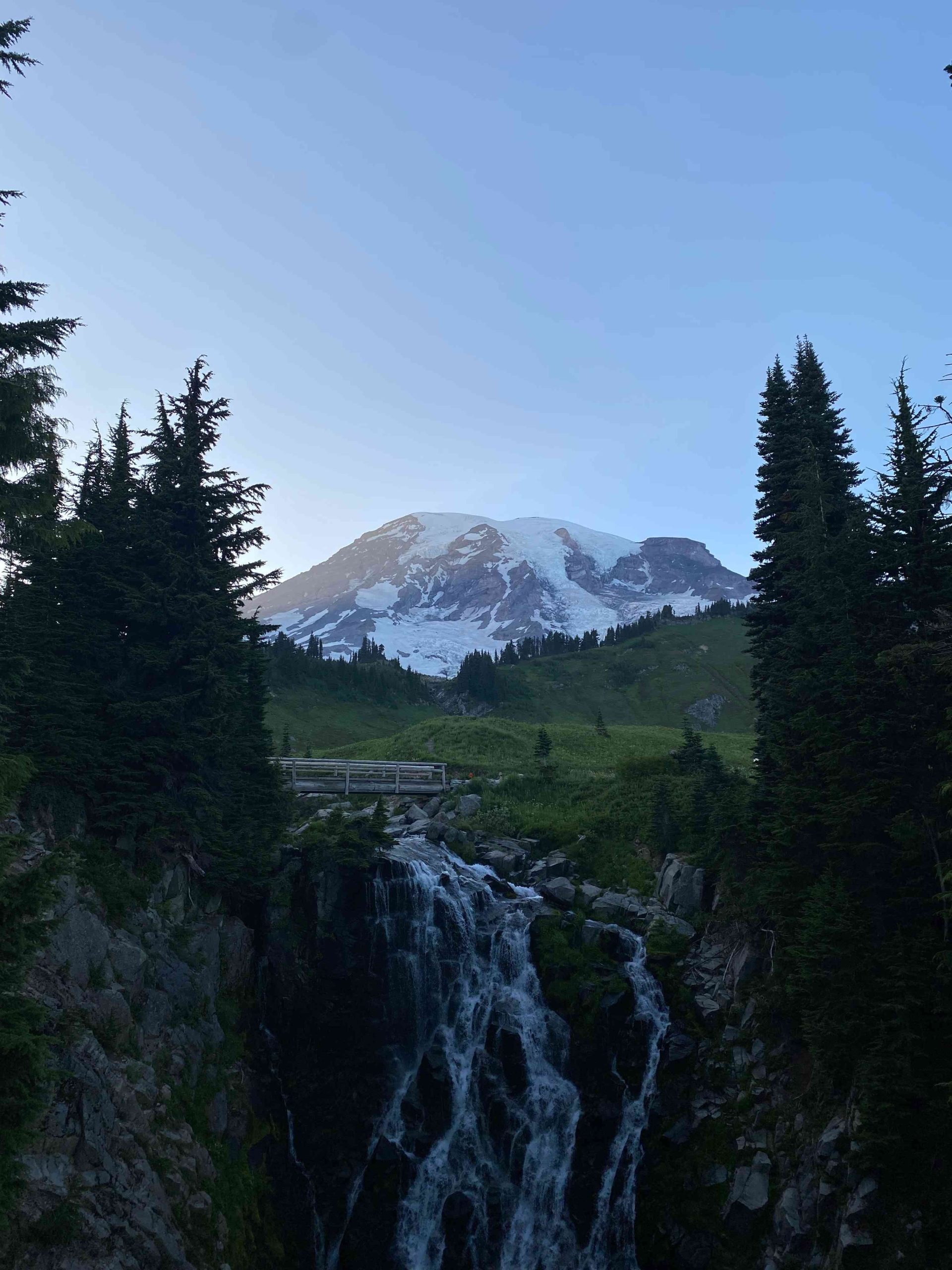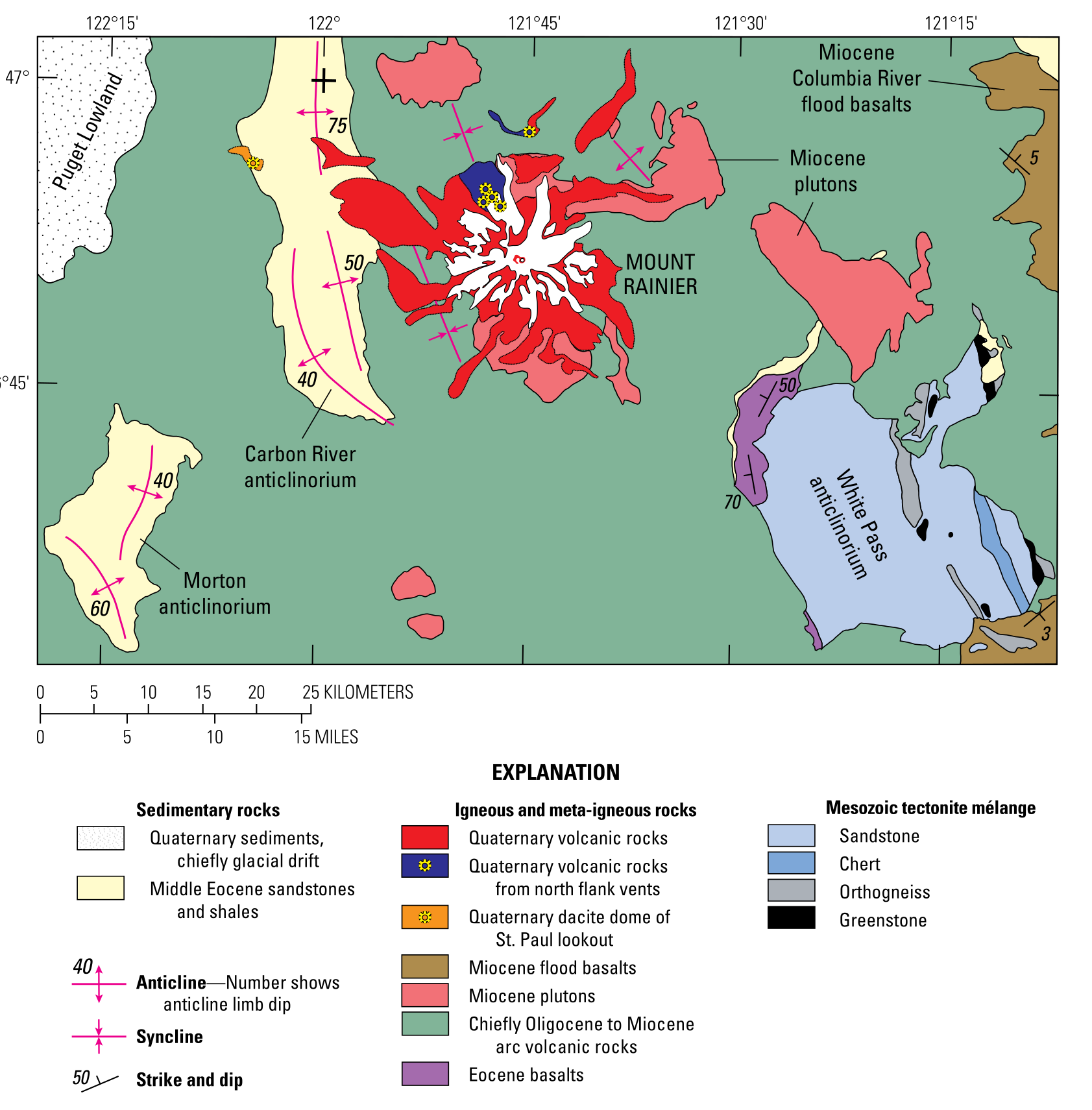Mount Rainier National Park transforms into a vibrant tapestry of colors during the summer months, with wildflowers carpeting the subalpine meadows. From late June to mid-August, visitors can witness an array of stunning blooms, including avalanche lilies, Indian paintbrush, lupines, and beargrass. These flowers not only beautify the landscape but also play crucial roles in the park’s ecosystem. This guide explores the best trails, identification tips, and logistical information for experiencing Mount Rainier’s summer flowers.
What Are the Most Common Summer Flowers on Mount Rainier?

Mount Rainier boasts a diverse collection of wildflowers that bloom throughout the summer season. Here’s a list of some of the most prevalent species:
- Avalanche Lilies
- Indian Paintbrush
- Lupines
- Beargrass
- Magenta Paintbrush
- Buttercups
- Cinquefoil
- Bistort
- Arnica
Each of these flowers has its own unique characteristics and preferred habitats within the park. For instance, avalanche lilies are among the first to bloom after snowmelt, while lupines and paintbrush tend to peak in mid-July to August.
Where Are the Best Trails to View Mount Rainier Summer Flowers?

To experience the full splendor of Mount Rainier’s summer flowers, consider exploring these popular trails:
- Nisqually Vista Trail (Paradise)
- Length: 1.2 miles
- Difficulty: Easy
-
Peak Bloom: Late July to mid-August
-
Skyline Trail (Paradise)
- Length: 5.5 miles
- Difficulty: Moderate
-
Peak Bloom: Late July to mid-August
-
Summerland Trail (Sunrise)
- Length: 8.4 miles round-trip
- Difficulty: Strenuous
-
Peak Bloom: Late July to mid-August
-
Naches Peak Loop Trail (Chinook Pass)
- Length: 3.2 miles
- Difficulty: Easy to Moderate
-
Peak Bloom: Late July to mid-August
-
Burroughs Mountain Trail (Sunrise)
- Length: Varies (up to 9 miles for the Third Burroughs)
- Difficulty: Challenging
- Peak Bloom: Late July to mid-August
These trails offer varying levels of difficulty and unique perspectives on the park’s floral displays, ensuring there’s something for every visitor.
How Can You Identify Mount Rainier Summer Flowers?
Identifying wildflowers can enhance your hiking experience. Here’s a quick guide to recognizing some of Mount Rainier’s most iconic summer blooms:
| Flower | Description | Unique Characteristics | Typical Locations |
|---|---|---|---|
| Avalanche Lilies | Delicate white lilies with yellow centers | First to bloom after snowmelt | Subalpine meadows in Paradise and Sunrise |
| Indian Paintbrush | Vibrant red or orange flowers | Resembles a paintbrush | Paradise, Sunrise, and Tipsoo Lake |
| Lupines | Tall clusters of blue and purple flowers | Distinctive leaf pattern | Paradise Meadows and other subalpine areas |
| Beargrass | Tall stalks with globular clusters of white flowers | Fragrant blooms | Subalpine meadows in Paradise and Sunrise |
| Magenta Paintbrush | Bright magenta flowers | Similar to Indian Paintbrush but magenta | Paradise, Sunrise, and Tipsoo Lake |
For more detailed identification, consider carrying a field guide or using the park’s official resources.
What Are the Best Times to See Mount Rainier Summer Flowers?
The optimal time to view Mount Rainier’s summer flowers typically falls between late June and mid-August. However, the exact timing can vary based on several factors:
- Snowmelt: Earlier snowmelt can lead to earlier blooms.
- Elevation: Lower elevations tend to bloom earlier than higher areas.
- Weather conditions: Unusually warm or cold seasons can affect bloom times.
Generally, the peak bloom period for most species occurs from mid-July to early August. It’s advisable to check with the park’s visitor centers for current bloom conditions before planning your trip.
What Should You Know Before Visiting Mount Rainier for Summer Flowers?
Before embarking on your floral adventure at Mount Rainier, consider these important points:
- Park Entrance Fees: Check the current entrance fees on the official National Park Service website.
- Parking: Arrive early, especially on weekends, as parking lots at popular trailheads fill up quickly.
- Weather: Mountain weather can be unpredictable. Bring layers and be prepared for sudden changes.
- Leave No Trace: Stay on designated trails and never pick the flowers to preserve the ecosystem.
- Wildlife: Be aware of wildlife in the area and maintain a safe distance.
- Photography: Bring a camera to capture the stunning floral displays, but be mindful of other visitors.
How Can You Contribute to Preserving Mount Rainier’s Summer Flowers?
Preserving Mount Rainier’s delicate ecosystem is crucial for ensuring future generations can enjoy its beauty. Here are ways you can help:
- Stay on marked trails to prevent soil erosion and damage to plants.
- Practice Leave No Trace principles by packing out all trash.
- Resist the urge to pick flowers or collect plant specimens.
- Educate others about the importance of conservation.
- Consider volunteering for park restoration projects.
- Support organizations dedicated to preserving national parks.
By following these guidelines, you’ll help protect Mount Rainier’s stunning floral displays for years to come.
Mount Rainier’s summer flowers offer a spectacular display of nature’s beauty. Whether you’re an avid hiker, a casual nature enthusiast, or a photography buff, the park’s vibrant meadows and alpine landscapes provide unforgettable experiences. By planning your visit during peak bloom times and following park guidelines, you can fully immerse yourself in the colorful world of Mount Rainier’s summer flowers while helping to preserve this natural wonder for future generations.
References:
1. Travel Experience Live
2. CampScanner
3. Must Love Roses

